Masks, travel and other New Brunswick COVID questions answered
How new outbreaks in the province affect rules in various areas
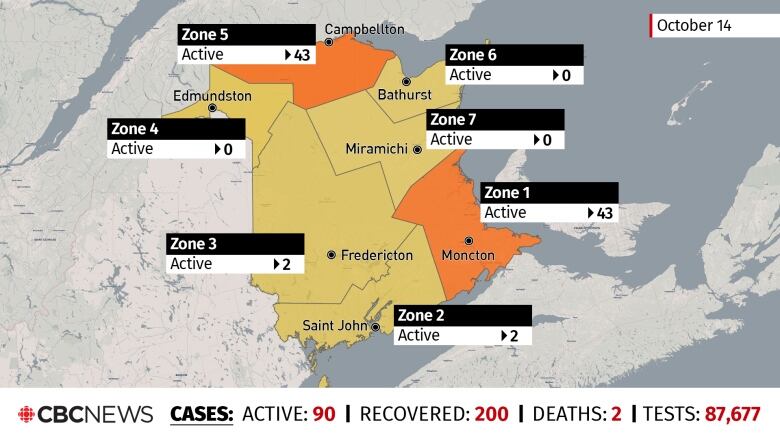
Outbreaks in two regions of New Brunswick have led to new and sometimes confusing rules to limit the spread of COVID-19.
After months of relatively low cases in the province, an outbreak at a special care home in Moncton and a separate outbreak in the Campbellton region affecting multiple schools sent both health zonesback to the orange recovery phase.
The remainder of the province remains in the yellow phase.
We've compiled information about questions people have raised about the new rules.
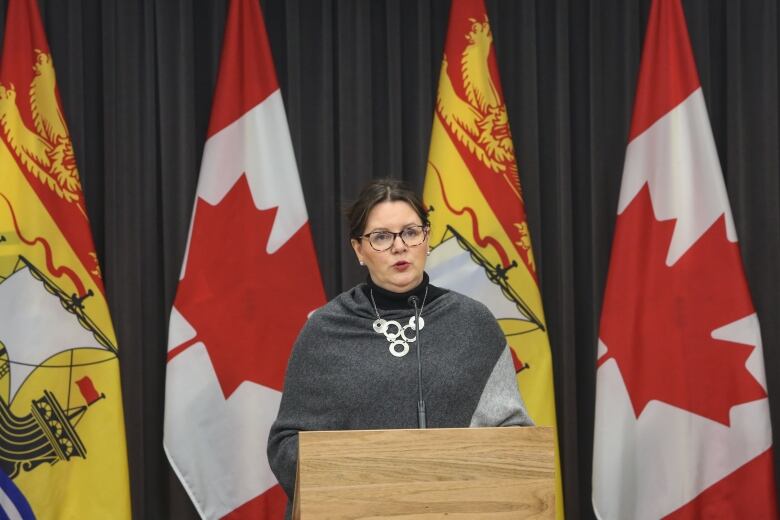
What are the mask rules?
Masks became mandatory in most indoor public spaces Oct. 9.
That affects places from office kitchens to apartment building hallways.
Exceptions include children under two, situations involving lip-reading and certain medical conditions.
What about in the orange zones?
People in the Moncton and Campbellton health zones must also wear masks outside in public places where people gather. Examples include sidewalks, trails, parks, plazas, markets and dog parks. It doesn't apply in the yard of a private single-family home.
Dr. Jennifer Russell, the province's chief medical officer of health, says the rule is meant to apply when others are in close proximity, not when someone is walking or jogging alone on a sidewalk.
Those who travelled to orange zones over the long weekend and have gone home are urged tomonitor for symptomsand follow the mask rules as if they're in the orange zones.
The Anglophone West School District, for example, said in a notice those who travelled to the zones since Oct. 9 must wear a mask inside Anglophone West schools and classrooms, outside the school at noon/recess, and while on the bus for 14 days from the day they returned from either health zone.
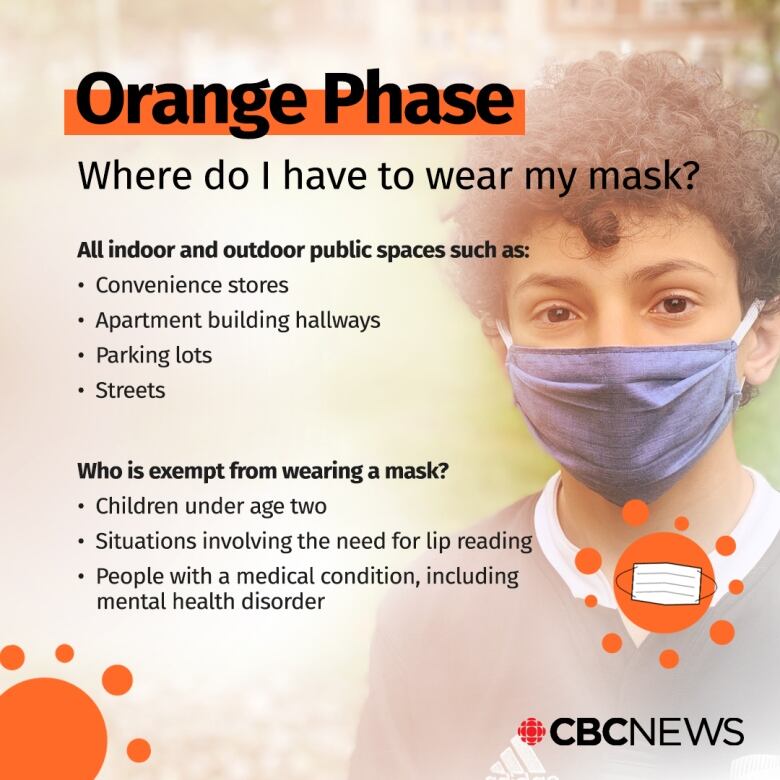
What are the rules around travel within the province?
With two health zones in the orange phase, New Brunswick's premier recommended avoiding travel in or out of the Moncton and Campbellton zones except for essential reasons. Russell said travel outside a zone for a haircut doesn't count as essential.
The premier said those driving on the Trans-Canada Highway through the Moncton region should not stop there. Asked about the impact on sports teams in the Moncton region, Higgs said teams shouldn't be travelling into or out of the Moncton zone.
Russell has encouraged businesses in areas of the province outside the Campbellton and Moncton zones not to ask customers whether they are from those zones.
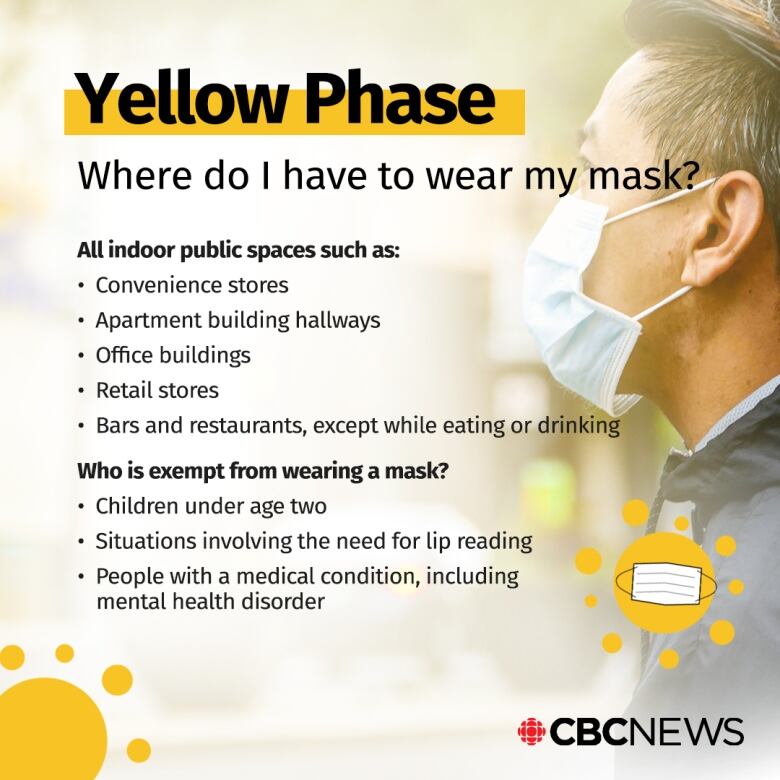
Who can enter the province?
The Atlantic Bubble remains open. New Brunswick has removed screening checkpoints to other Maritime provinces.
Those entering New Brunswick from somewhere other than Nova Scotia, Prince Edward Island or Newfoundland and Labrador must pre-register at least five days ahead of time.
Russell said about 12,000 people enter the province daily, though she didn't say where they are coming from.
What about Quebec?
The bubble with two regions of Quebec along New Brunswick's northern border has been suspended.
Residents of Listuguj First Nation and Pointe--la-Croix, Que., can cross into Campbellton to obtain essential services.
Those who have travelled across the Quebec border into the Campbellton region are eligible for twice-weekly COVID-19 testingeven if they don't have symptoms.
What about from elsewhere?
New Brunswickers returning from travel outside Atlantic Canada must self-isolate for 14 days unless exempt.
A list of exemptions is available on the province's website. It includes workers who are healthy who provide or support things essential to the health, safety, security or economic well-being of New Brunswickers, residents of Campobello Island who must cross the U.S. border as part of daily life and for shared child custody.
While there are exemptions, the province's website says essential workers must travel directly to and from work and accommodations, self-monitor for symptoms and avoid contact with vulnerable people.
Those returning to the province from work in another province or territory aren't required to self-isolate when they return.
The U.S. border remains closed to most cross-border travel. Canadians are allowed to cross back into Canada. Foreign nationals can enter Canada under certain conditions, including if they are immediate family of a Canadian citizen or permanent resident and will stay in Canada for at least 15 days. They must have a quarantine plan.

How long will the Campbellton and Moncton regions be in the orange phase?
On Oct. 9, Russell said it will last as long as the outbreaks last and the province will reassess roughly every two weeks.
Higgs said he hopes it will only be days and weeks in the orange phase, not weeks and months.
What triggers moving from orange to red?
Public health needs to be aware of three unlinked cases of community transmission within six days to go back to the red phase. That phase would result in more businesses closing and tighter limits on gatherings, including the end of the two-household bubble allowed in the orange phase.
Are there cases of community transmission?
The province hasn't listed any of the cases related to the Campbellton and Moncton outbreaks as community transmission.
The Moncton outbreak at the special care home has been traced to someone who travelled.Russell won't clarify if this was a travellerwhofailed to isolate or one who was exempt from isolating.
It spread when others were in contact with that original source.
"We can rule out community spread with the cases in that region," Russell said Wednesday.
She said contact tracing is still underway to determine the original source for the Campbellton outbreak, though all of the cases are connectedso far.
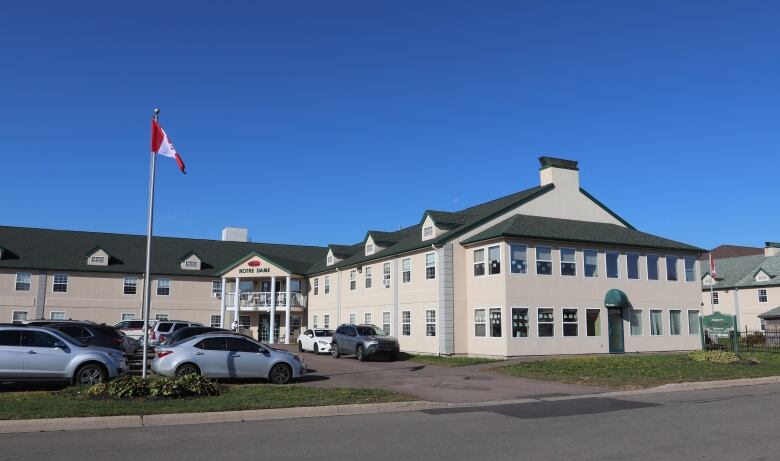
What happens to Halloween in the orange zones?
Things like door-to-door activities aren't supposed to happen in the orange phase, Russell said. That would mean no door-to-door trick-or-treating this Halloween in those areas.
What triggers school closures?
There have been at least five cases connected to schools in the province, all in the Campbellton region. Several of the schools temporarilyclosed for cleaning and to give time for contact tracing.
According to guidance to schools, Public Health will contact people who must self-monitor or self-isolate because of potential exposure. They will then decide if a class, classes or an entire school must be sent home.
If a zone moves back to the red phase, students won't be allowed inside schools but teaching is expected to continue remotely.
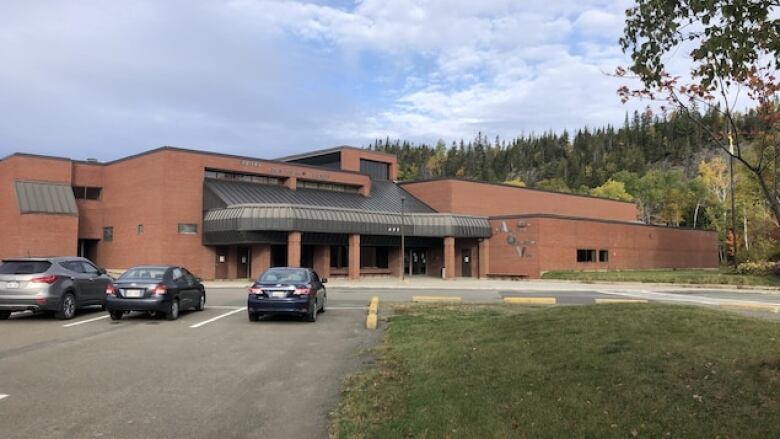












_(720p).jpg)


 OFFICIAL HD MUSIC VIDEO.jpg)
.jpg)



























































































